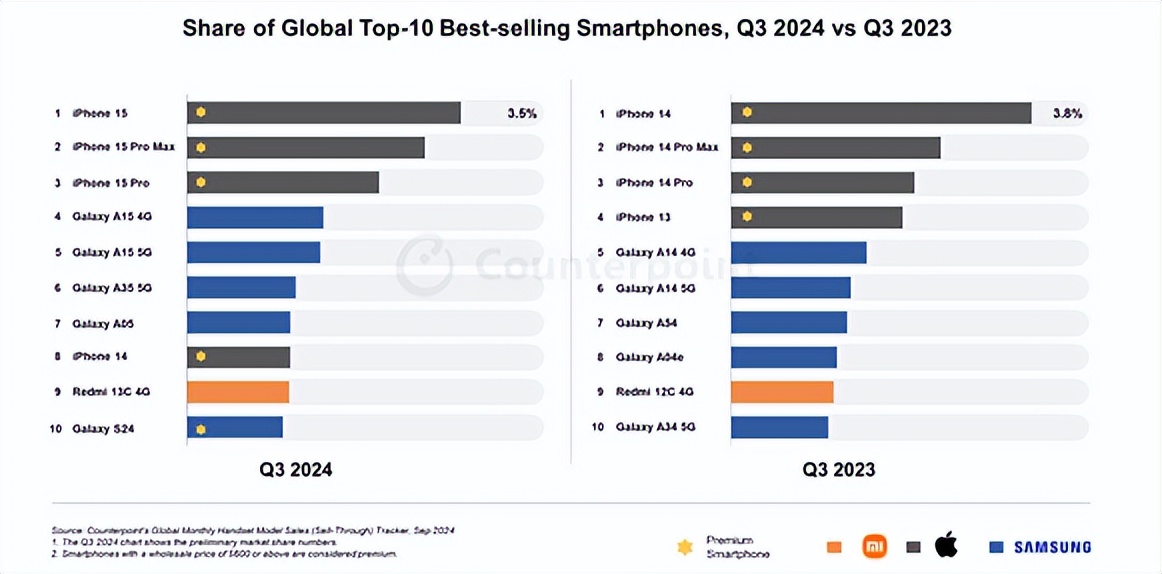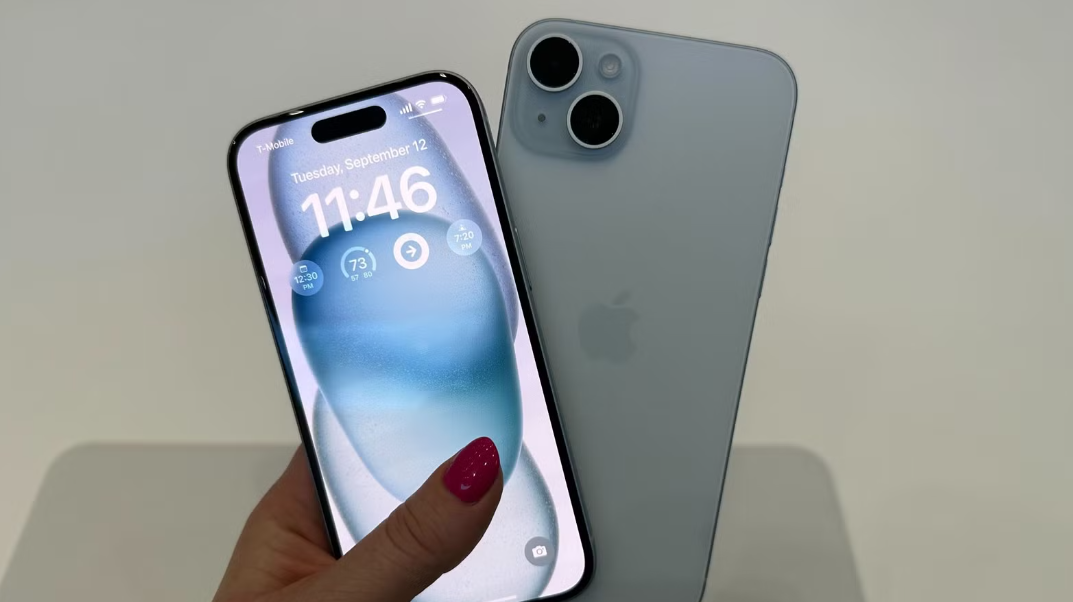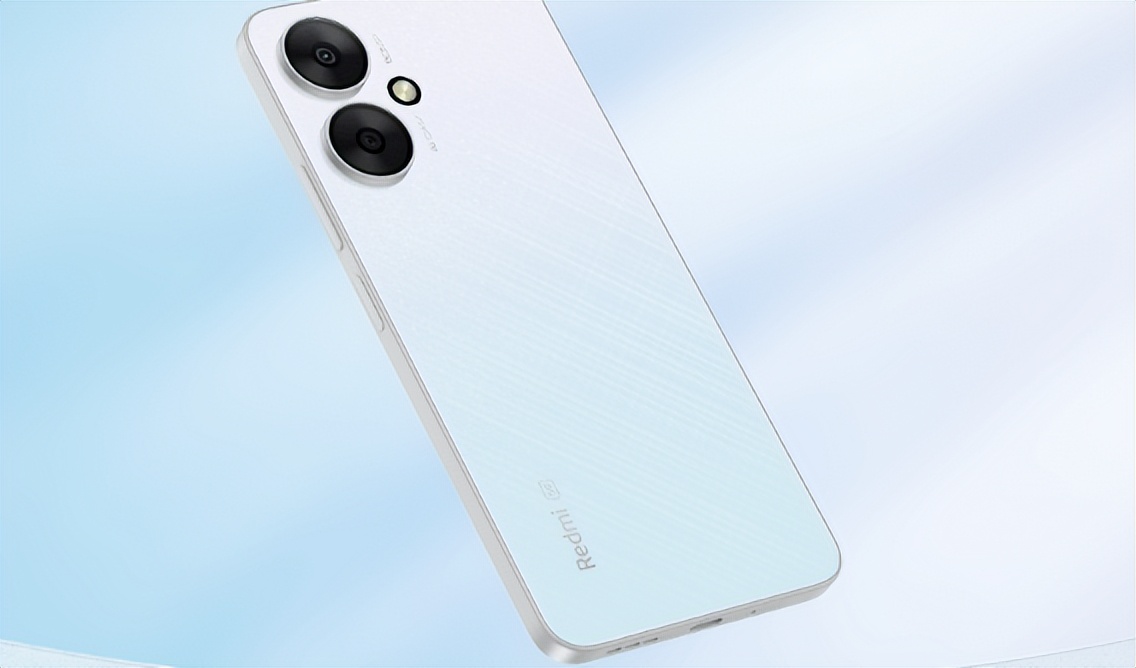The latest global mobile phone sales rankings are out, with the biggest winner a no-brainer, and only one domestic brand making the cut!
![]() 11/14 2024
11/14 2024
![]() 463
463
In recent years, the rapid development of domestic mobile phones has indeed given people hope of catching up with international giants. Even though China's mobile phone market has huge consumption potential, and manufacturers have recently claimed new sales records for their new models, sales prospects for any product in any single market are limited. Only by continuously expanding into the international market can better development be achieved. Ordinary users can see this, and manufacturers are naturally aware of it too. Domestic mobile phone manufacturers have been on the path of internationalization for years. Although they have made some achievements, Samsung and Apple have not stopped moving forward. As everyone is making progress, the road for domestic mobile phones to catch up becomes even more arduous.
In the latest top 10 global mobile phone sales rankings, although Samsung occupies five spots, four of them are mid-range A-series models. The only high-end model on the list, the S24, ranks only tenth. While Apple only occupies four spots, they are all high-end flagship models with higher price tags, and the three iPhone 15 series models in the top three positions have a considerable sales gap with the following models.

Although domestic mobile phones have made significant progress in the domestic market, their sales in the international market are still somewhat unsatisfactory. In this list, the only domestic mobile phone that makes the cut is the low-end entry-level 4G Redmi 13C. This means that domestic mid-to-high-end 5G mobile phones are not very popular in the international market, indicating that the overseas market is basically dominated by Apple and Samsung. The road for domestic mobile phones to break through remains arduous. As for the reasons, there may be many, but personally, I believe that one important reason is low brand recognition.
So why does the iPhone, positioned as a high-end flagship, have such high recognition in the Chinese market, while domestic mobile phones perform unsatisfactorily in overseas markets? Many netizens have been discussing this issue. It is generally believed that there are multiple reasons, such as insufficient technological innovation, inadequate promotion, and low R&D investment. However, the iPhone's new models also lack innovation, and some of their features and configurations are inferior to domestic models of the same grade. So, how do they gain more user favor?

Apple's ecosystem plays a significant role here. Domestic mobile phones have long surpassed the iPhone in hardware, but it is difficult to catch up in terms of ecosystem. Since domestic mobile phones mostly belong to the Android camp, even if users switch between them, there won't be much difference in the user experience. However, the iPhone is different. Its ecosystem is quite comprehensive and well-developed globally. In contrast, the development of domestic mobile phones' ecosystems is relatively limited, performing well domestically but unable to compete with the iPhone internationally.
It is difficult to compete with high-end models, and it is equally challenging to catch up with Samsung in the global mid-range market. This is an overall gap that cannot be bridged overnight. It requires domestic mobile phone manufacturers to continuously invest in various aspects over a long period to see results. Among them, it is particularly important to continuously increase investment in self-developed technology. Manufacturers need to maintain the pressure of bearing larger costs in the long run, and it remains to be seen whether they can persevere.

Interestingly, the only domestic mobile phone on this list from the same period last year was the Redmi 12C, and this year it has been replaced by the 13C. It seems that Redmi mobile phones are not only performing well in the domestic market but are also popular among low-to-mid-range users in the international market.








